A Taste of Clase Azul’s San Luis Potosí
The beloved brand’s new mezcal is made from luscious, regional Agave Verde
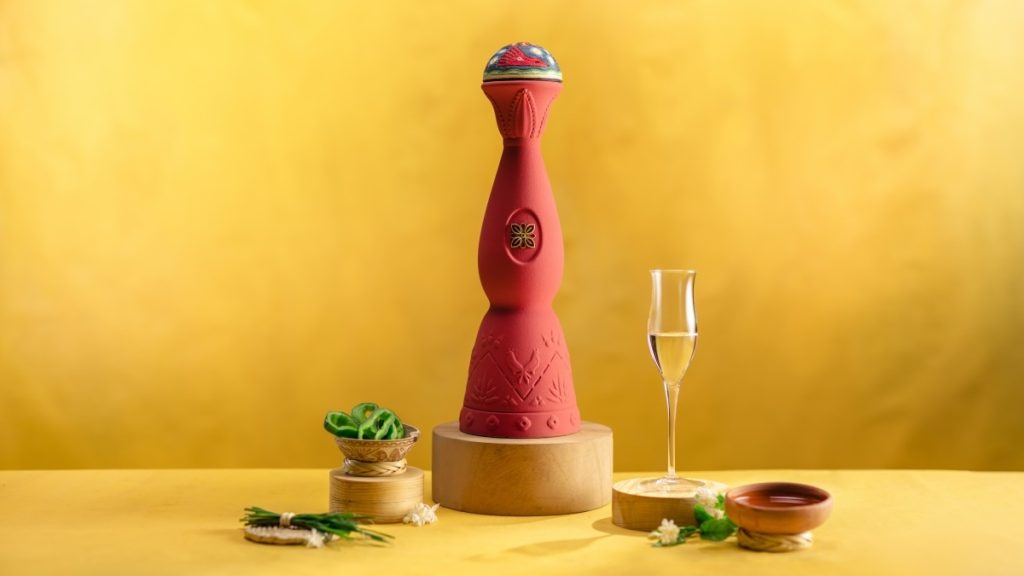
Clase Azul has had a busy couple of months. From their enigmatic Dia De Los Muertos blend that launched at their new destination in Mexico City last fall to new, exclusive blends such as their recently released San Luis Potosí Mezcal, the brand’s master blender and friend to Cool Hunting, Viridiana Tinoco, has not slowed down. Carefully and methodically, Tinoco has led Clase Azul’s portfolio expansion in nuanced and delicious ways, creating expressions that evoke feelings from the different facets of Mexican culture and cuisine. We sat down with her to discuss her latest expression hailing from San Luis Potosi and celebrating the essence of the state’s desert slopes and valleys.

Tell us a little about this latest expression and how it came to be. It’s fairly unique compared to some of the other editions Clase Azul has.
With each mezcal expression in our portfolio, we look to highlight Mexico’s best kept secrets. With our latest offering, we looked to pay tribute to the state of San Luis Potosí. For this mezcal we used Agave Verde, a variety that is native to the region. We worked with a small local community of Estación Ipiña, adopting their processes to create a product unique to the area. This process involves steam cooking in vaulted stone ovens, milling in a Chilean mill, extracting the juice from the cooked agave with tahona and a double distillation in copper stills, that occurs simultaneously in separate stills, each contributing its own profile. These are all traditional methods that contributed to the uniqueness of the spirit.

How does the San Luis Potosí terrain differ from those of Durango and Guerrero?
San Luis Potosí’s terrain is very dry with very few visible wildlife at first glance. The agave we use grows on the semi-desert slopes of the area at an elevation of around 6,500 feet above sea level. When we compare it to our other mezcals, we see a terrain in Guerrero that is very humid and a terrain in Durango that is semi-arid. This along with the three different agaves used and the different distillation processes, produce three mezcals that are completely unique in profiles because of the agave, the production processes and the terroir of each region.

Walk us through some of the flavors on the palette and nose that people can expect
Clase Azul Mezcal San Luis Potosí features aromatic notes of cooked agave, caramel, green chile, sweet fruit, freshly cut grass and wildflowers, with herbal flavors featuring hints of caramel, lime zest and clove, with a mineral and spiced aftertaste.
What does this pair best with?
We recommend pairing it with aged or fresh goat cheese, whey cheese and green olive. If you are looking for something sweet, we recommend red plum, lychee and white or ruby chocolate.

Each bottle is created to complement the amazing elixir inside. Can you tell us a little bit about it?
For this decanter we were inspired by the legends of the Huachichil, nomads of the region whose name means “heads painted in red,” as they were known to adorn themselves with red dye, emulating the plumage of the red finch. The carvings in the decanter represent the plains and mountains they called home, along with green agave plants native to the region and of course, the red finch who was considered a guardian of their tribe.

Each bottle top is created by artisans. Can you tell us about the woven cap, colors and how that came to be?
The cap is handmade by Mexican artisans using a technique that creates intricate designs using colored yarn and represents the mythical red finch in light under a starry sky, keeping vigil over the dreamlike landscape of the desert mountains and valleys where the Huachichil people used to wander.




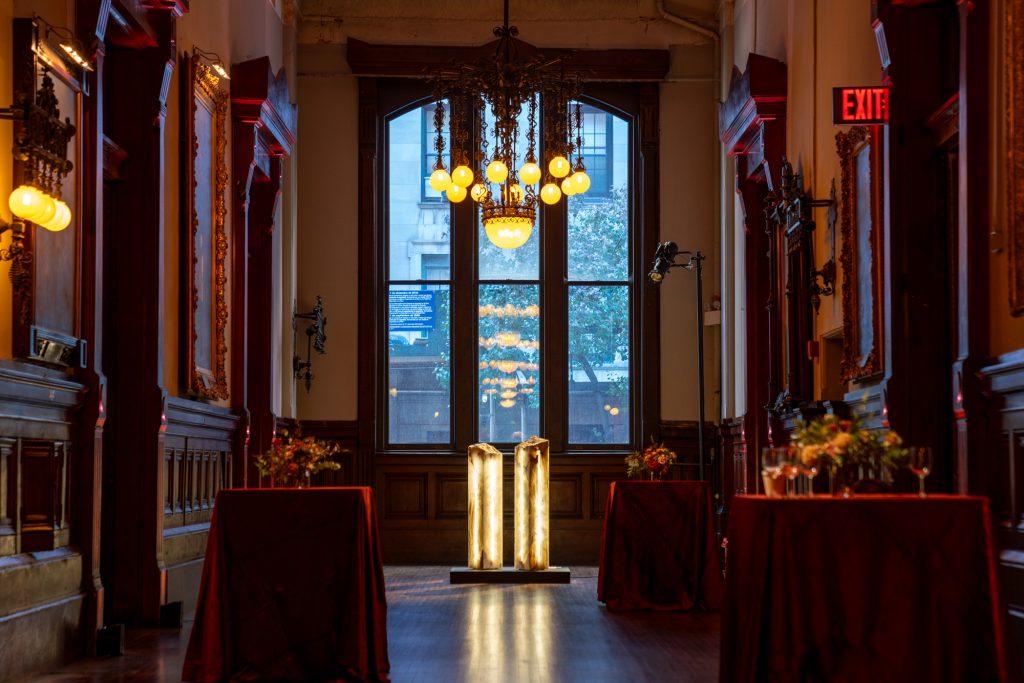

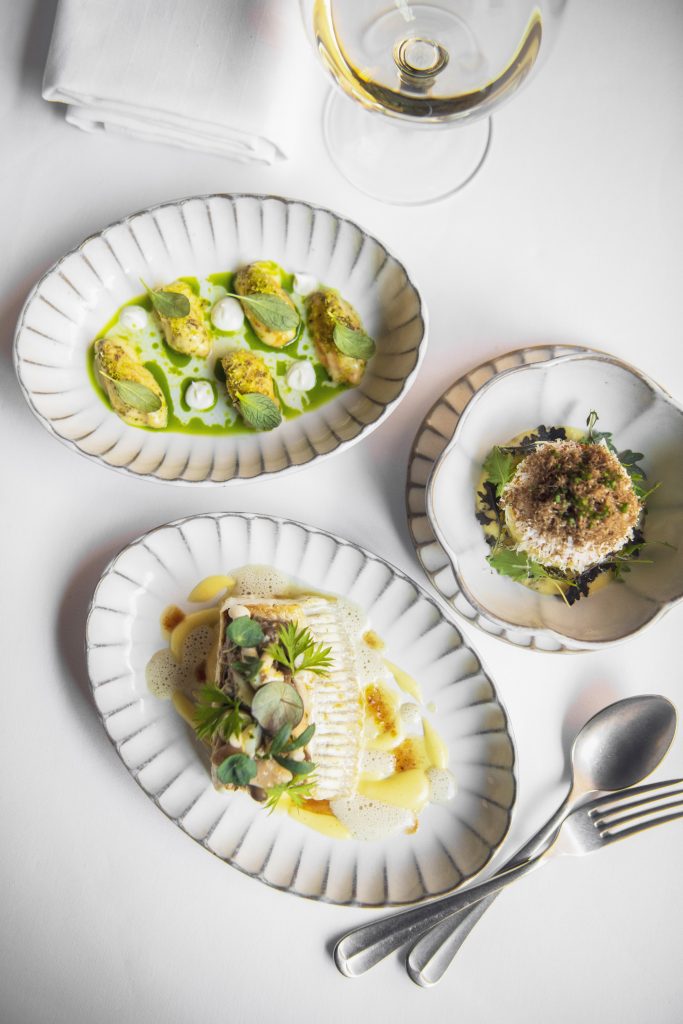
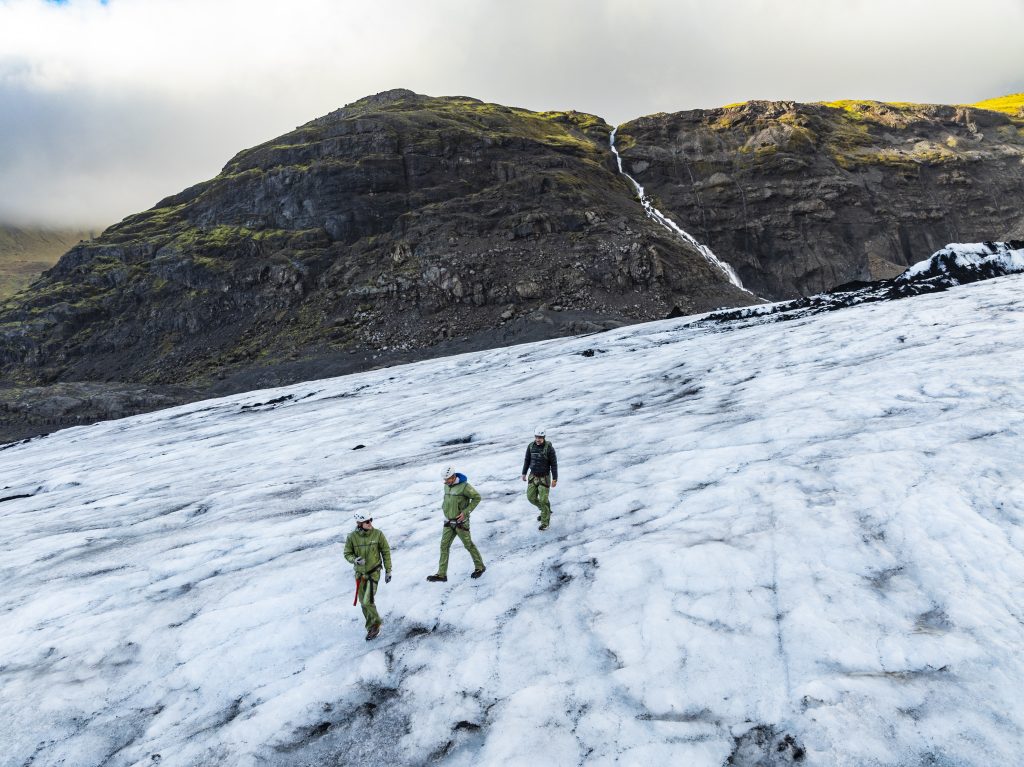

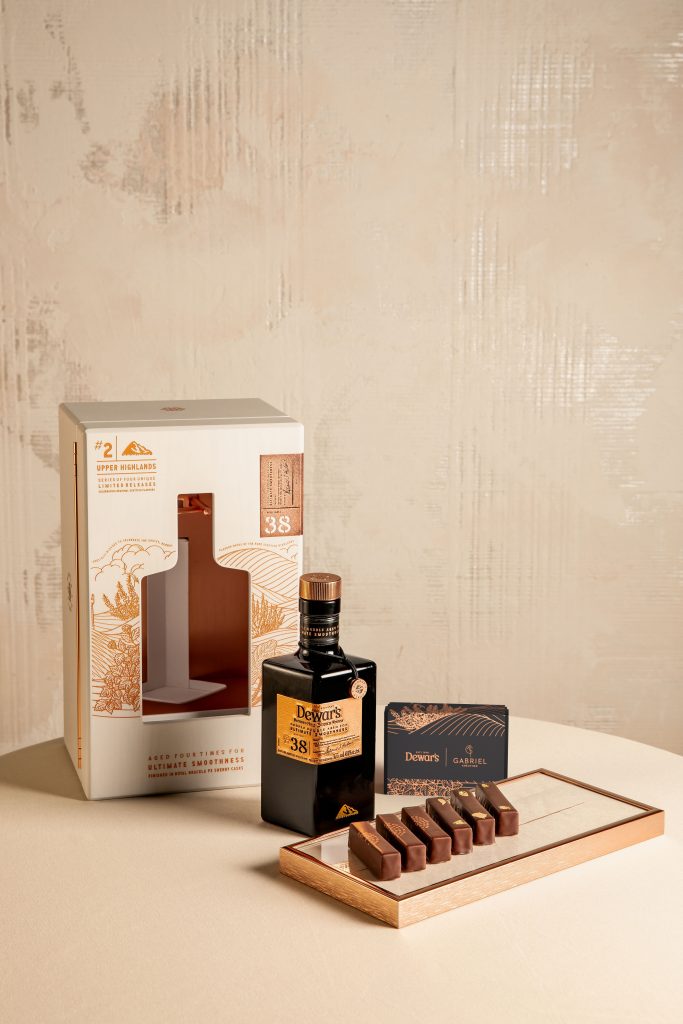



What are your thoughts?